#hosso
Photo
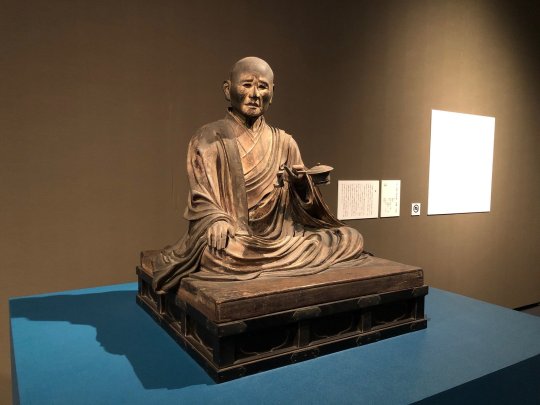
A sculpted image of the monk Jōtō (常騰) (740-815), one of the six patriarchs credited with establishing the Hossō school of Buddhism, the East Asian tradition of Yogācāra or “Consciousness Only,” in Japan
Crafted by the Buddhist artist Kōkei (康慶) in 1189 as part of the larger rebuilding of Kōfukuji Temple (興福寺) in Nara after damage sustained during the recent Genpei War and usually enshrined within the Nan’endō Hall (南円堂) of the temple but here on loan for a special exhibit at the Fukushima Prefectural Museum in Aizuwakamatsu in 2019
Photo from the official Twitter account of the Kōfukuji to Aizuten Jikkō Iinkai (興福寺と会津展実行委員会), August 12, 2019
#japanese art#buddhist art#buddhist monk#常騰#joto#法相六祖#hosso rokuso#康慶#kokei#法相宗#hosso#奈良市#nara#興福寺#kofukuji#南円堂#nanendo#福島県#fukushima prefecture#会津若松市#aizuwakamatsu#福島県立博物館#fukushima prefectural museum
16 notes
·
View notes
Text
Hosso Yogacara Buddhism and the Five Natures Doctrine
Throughout the history of the Hossō Buddhist sect in Japan, descended from the Yogacara school of thought from India, no one doctrine has caused more controversy or sparked debate with other schools than the Five-Natures Doctrine, or goshō kakubetsu (五姓各別). I don’t necessarily endorse nor criticize this doctrine myself, but I am a big believer that a little healthy competition is good for…
View On WordPress
1 note
·
View note
Text





Not me realising the month is almost over and I still haven't posted all my attacks askdfjsdfn Speed Run Time
Rime - Nebulardisk
Pipet - @corsairspade
Doll - sanothuki
DJ Robot - @nonexistentbees
Hosso - Seriu
20 notes
·
View notes
Text

Beka-desszert-nasz a hossos papiron!
#onnan tudom hogy megerkeztunk#hogy ma ketszer ebedeltem#es meg este fel 9kor edesseget eszek#ja igen es volt kakaos tekercs zserbo es ez ma
16 notes
·
View notes
Photo

gorls
#swtor#swtor oc#oh boy time 2 tag#oomatea abarel#minu#mlaudr to'kyrr#tasoi lorennion#thaay yse#hosso rish#maital#ojot sajer#vagua fera#alozai lirur
65 notes
·
View notes
Photo


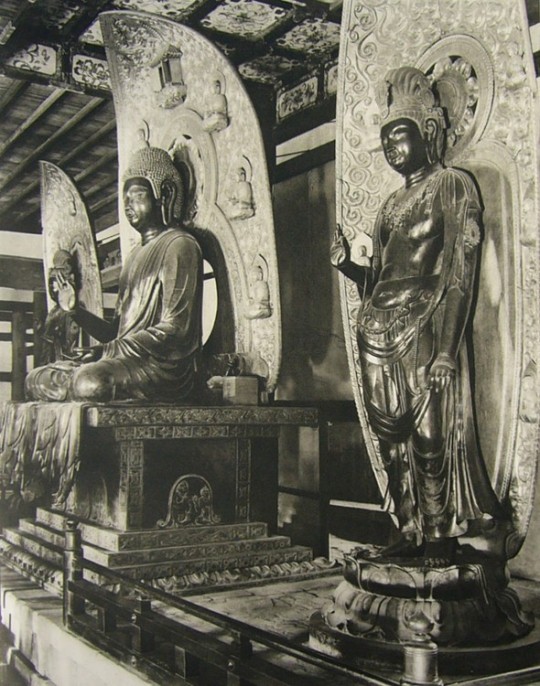

YAKUSHIJI
THE Yakushiji temple, located in Nara, Japan, is the headquarters of the Buddhist Hosso sect and one of the most important temples in the country. Originally founded in 680 CE at Fujiwara-kyo but then relocated to Nara in 718 CE, its famous three-storey East Pagoda is original. Most of the other structures at the complex, although they follow traditional designs, were reconstructed in the 20th century CE following a destructive fire in the 16th century CE. The complex boasts many fine examples of early Buddhist art, notably the bronze Yakushi Triad which dates to 690-718 CE. Yakushiji is listed by UNESCO as a World Heritage Site.
Yakushiji temple was founded in 680 CE in Fujiwara-kyo, then the capital of Japan. The idea came from Emperor Tenmu (r. 672-686 CE) who, after his wife fell seriously ill with an eye affliction, wanted a temple built in honour of Yakushi Nyorai, the Buddha of healing (of both the body and soul). In a strange twist of fate, Tenmu died before his wife, but the latter, now reigning as Empress Jito (r. 686-697 CE), continued to support the temple project and construction was completed in 698 CE.
Read More
102 notes
·
View notes
Video
Genjō-sanzōin by Ee Shawn
Via Flickr:
The Genjo-sanzoin is a newer temple located within the Yakushiji complex in Nara. The temple is dedicated to the 7th century Chinese monk Genjo-sanzo who is famous for his extensive travels to India and Central Asia. Yakushiji is the head temple of the Hosso Sect of Japanese Buddhism, upon which Genjo-sanzo's teachings had a profound influence. The octagonal main hall enshrines some of Genjo-sanzo's remains that were brought back from Nanjing by Imperial Japanese Army soldiers in 1942.
1 note
·
View note
Photo
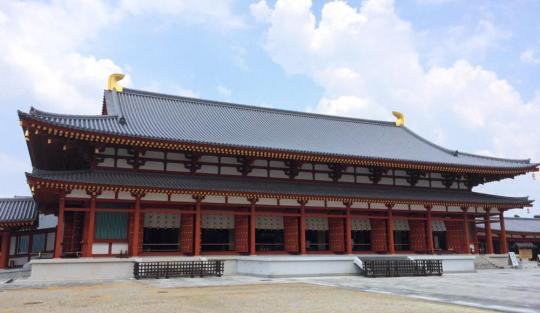
Yakushi-ji - Le temple principal de la secte Hosso à Nara
Yakushi-ji est le premier temple bouddhiste de la secte Hosso situé à Nara mais excentré de son cœur touristique, du côté ouest de la ville. Aux origines très anciennes et inscrit au patrimoine de l’UNESCO depuis 1998, le site a été quasi-entièrement reconstruit récemment et se compose notamment d'un pavillon principal encadré par deux pagodes parfaitement …
Lire la suite sur Kanpai.fr
https://www.kanpai.fr/nara/yakushi-ji
0 notes
Photo
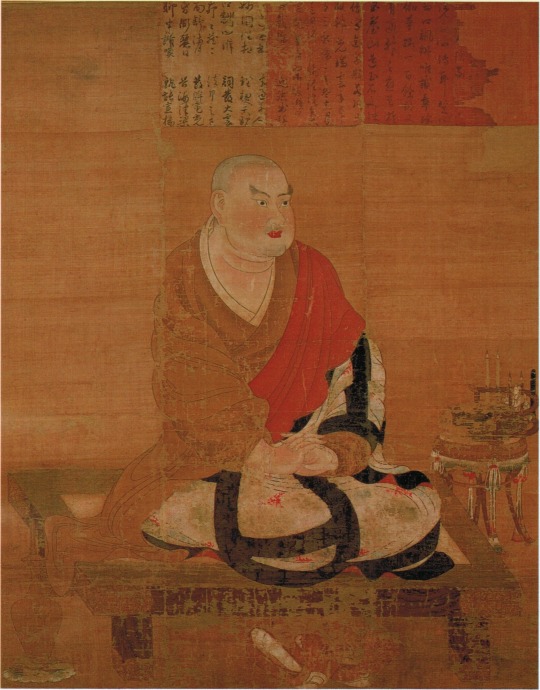
A hanging scroll of the monk Jion Daishi (慈恩大師) i.e. Kuījī (Kiki 窺基), a key patriarch of the Hossō school of Buddhism, the East Asian tradition of Yogācāra or “Consciousness Only” specialized in at Yakushiji Temple (薬師寺) in Nara
Color on silk dating to the 11th century from the temple’s collection
Image from “日本の国宝005奈良/薬師寺 (週刊朝日百科)” [National Treasures of Japan #5: Yakushiji (Weekly Asahi Encyclopedia)], published by Asahi Shimbun, 1997
#japanese art#buddhist art#buddhist monk#慈恩大師#jion daishi#法相宗#hosso#奈良市#nara#薬師寺#yakushiji#crazyfoxarchives
12 notes
·
View notes
Text
Polishing the Mind
In Chinese-Buddhist literature, the influential treatise Cheng Wei Shi Lun (成唯識論) contains the following quote, translated in the book Living Yogacara:1
Polishing their minds, the courageous do not waver.
trans. Professor A. Charles Muller
This treatise was written by the famous Chinese monk, Xuanzang (玄奘), whom I talked about recently. From his journeys in India, Xuanzang brought back…
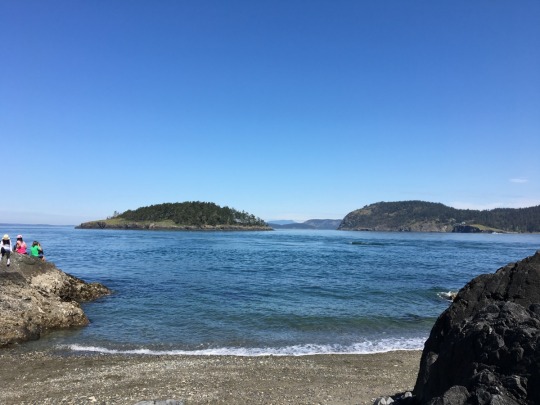
View On WordPress
0 notes
Photo

Yakushiji Temple, Nara, Japan Yakushiji Temple is a temple with a 1,300-year history that was established by Emperor Tenmu to pray for the recovery of his consort (who would later become Empress Jito) from an illness. Yakushi-ji is one of the most famous imperial and ancient Buddhist temples in Japan, that was once one of the Seven Great Temples of Nanto, located in Nara. The temple is the headquarters of the Hosso school of Japanese Buddhism. Yakushi-ji is one of the sites that are collectively inscribed as a UNESCO World Heritage Site, under the name of "Historic Monuments of Ancient Nara. Yakushiji temple was first in Japan to be built with two identical pagodas. #yakushijitemple #mobilephotography #landscapesofinstagram #landscapesphotography #landscapes #landscapephotos #colourful #travelgram #mallugram For more stories, please visit. Instagram www.instagram.com/dreamsofbackpackers/ YouTube Travel Channel www.youtube.com/user/amalam838/ Facebook https://www.facebook.com/madhavanamal/ #nature #naturephotography #photography #japan #japantravel #photographylovers #kerala #trivandrum #nikon #japannature #traveltijapan #snapseed #instagram #japan #flowerphotos #japanattractions #thingstodoinjapan #natureclicks #keralaclicks #kerala360 #japanlandscapes #travel (at Nara Japan) https://www.instagram.com/p/CMyiNaGpRKF/?igshid=704jxhxd5p6
#yakushijitemple#mobilephotography#landscapesofinstagram#landscapesphotography#landscapes#landscapephotos#colourful#travelgram#mallugram#nature#naturephotography#photography#japan#japantravel#photographylovers#kerala#trivandrum#nikon#japannature#traveltijapan#snapseed#instagram#flowerphotos#japanattractions#thingstodoinjapan#natureclicks#keralaclicks#kerala360#japanlandscapes#travel
0 notes
Text
Protokoll Tolmácsolás
Újra megjelent egy profi Protokoll köny!

Hosso Nikoletta
Együttműködésünk fényében vett részt a Gróf Széchenyi Család Alapítvány a Nemzetközi Protokoll szakemberek szervezésében egy zseniális zártkörü könyvbemutatón. A kerekasztal-beszélgetés címe: “Gazdaság – protokoll” – melynek díszvendége Dr. Benkő Tibor honvédelmi miniszter úr.
A beszélgetést Horváth Miklós elnök Úr moderálta.A…
View On WordPress
0 notes
Photo

Hossomakis Como citado anteriormente, esta receita conta com arroz e recheio de alga marinha. O termo “hosso” significa fino e o restante “maki” equivale a “enrolado”. Portanto, é algo enrolado e fino. É importante salientar que você pode se deparar com nomes de comida japonesa distintos para esse mesmo prato. Isso acontece porque a nomenclatura muda em função do recheio. Recheio de salmão? Shake Maki. Pepino? Kapa Mami. Atum? Tekka Maki. E assim por diante. (em Goiânia, Brazil) https://www.instagram.com/p/B57rFeTpMlv/?igshid=1tcfngekzfmxk
0 notes
Text

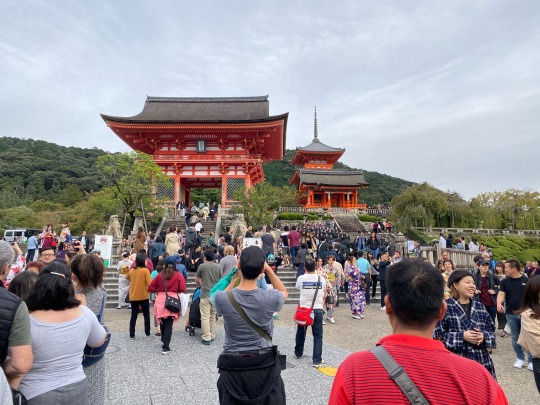
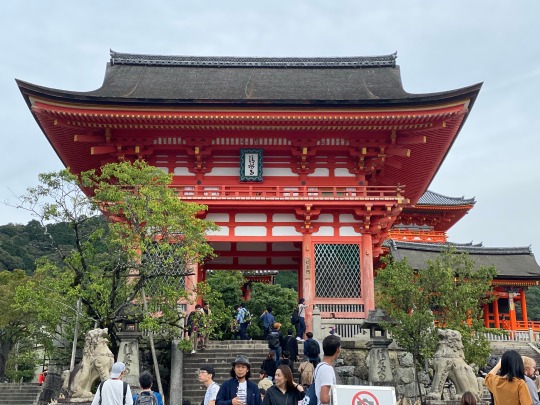
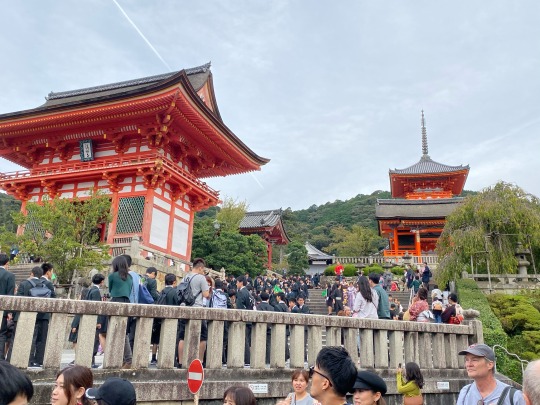


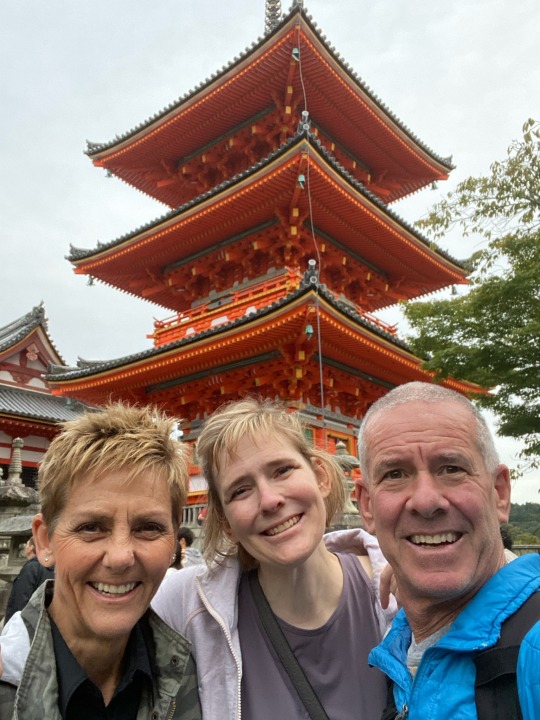
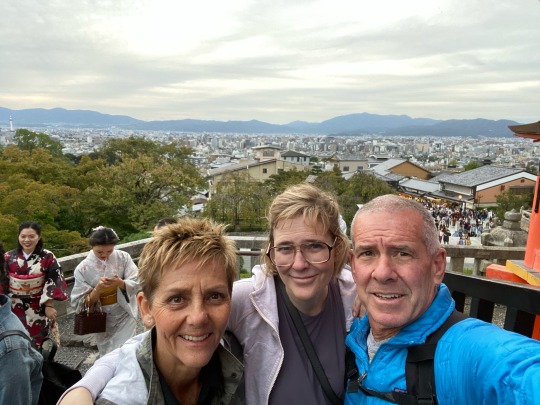

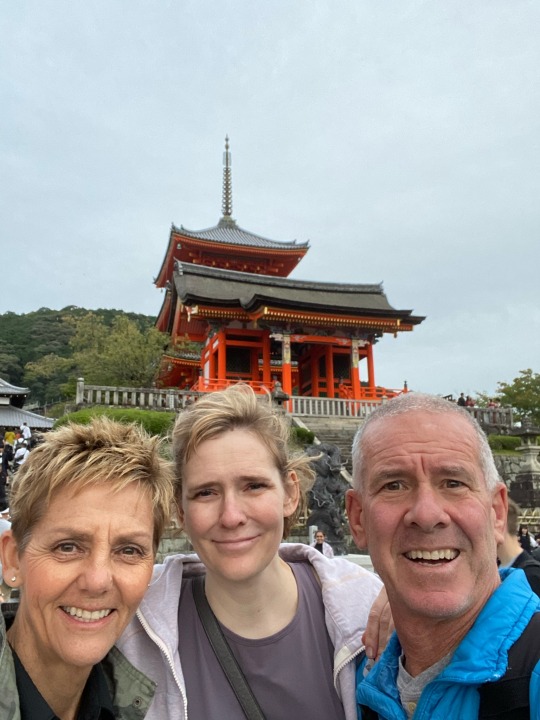
Sunday, October 20, 2019
Temple day in Kyoto! Our first temple was Fushimi Inari-Taisha. Fushimi Inari-taisha (伏見稲荷大社) is the head shrine of the kami Inari, located in Fushimi-ku, Kyoto, Kyoto Prefecture, Japan. The shrine sits at the base of a mountain also named Inari which is 233 metres (764 ft) above sea level, and includes trails up the mountain to many smaller shrines which span 4 kilometres (2.5 mi) and take approximately 2 hours to walk up. Mike and I walked up quite a bit of the mountain, but didn’t want to leave Jill behind too long. We had more temples to get to!
Just outside the temple we were eating our lunch and we saw a gentleman photographing his cat laying on a chair in front of the temple. He then picked up his cat, put it in a sling and started walking away. He saw us taking pictures of home and he cane over and asked if Jill would like to hold the cat. He was a very sweet man and so proud of his cat.
Temple number 2 - Tofuku-ji is a Buddhist temple in Higashiyama-ku in Kyoto, Japan. Tōfuku-ji takes its name from two temples in Nara, Tōdai-ji and Kōfuku-ji.[1] It is one of the so-called Kyoto Gozan or "five great Zen temples of Kyoto". Its honorary sangō prefix is Enichi-san (慧日山). Tōfuku-ji was founded in 1236 by the imperial chancellor Kujō Michiie.[2] He appointed the monk Enni as founding priest, who had studied Rinzai Zen Buddhism in China under the monk Wuzhun Shifan. The temple was burned but rebuilt in the 15th century according to original plans. Tofuku-ji was one of the five temples of the Five Mountain System.
Temple number 3 - Kiyomizu-dera Kiyomizudera (清水寺, literally "Pure Water Temple") is one of the most celebrated temples of Japan. It was founded in 780 on the site of the Otowa Waterfall in the wooded hills east of Kyoto, and derives its name from the fall's pure waters. The temple was originally associated with the Hosso sect, one of the oldest schools within Japanese Buddhism, but formed its own Kita Hosso sect in 1965. In 1994, the temple was added to the list of UNESCO world heritage sites. Kiyomizudera is best known for its wooden stage that juts out from its main hall, 13 meters above the hillside below. The stage affords visitors a nice view of the numerous cherry and maple trees below that erupt in a sea of color in spring and fall, as well as of the city of Kyoto in the distance. The main hall, which together with the stage was built without the use of nails, houses the temple's primary object of worship, a small statue of the eleven faced, thousand armed Kannon.
What a beautiful day we had today! Tomorrow we are off to Osaka!
0 notes